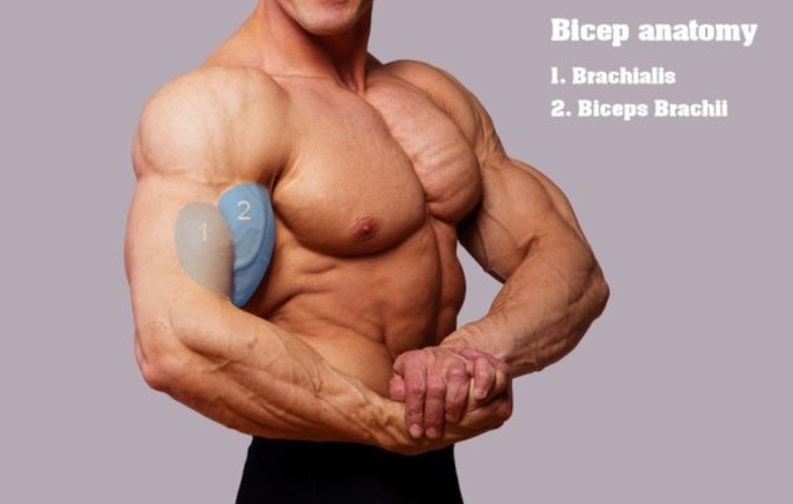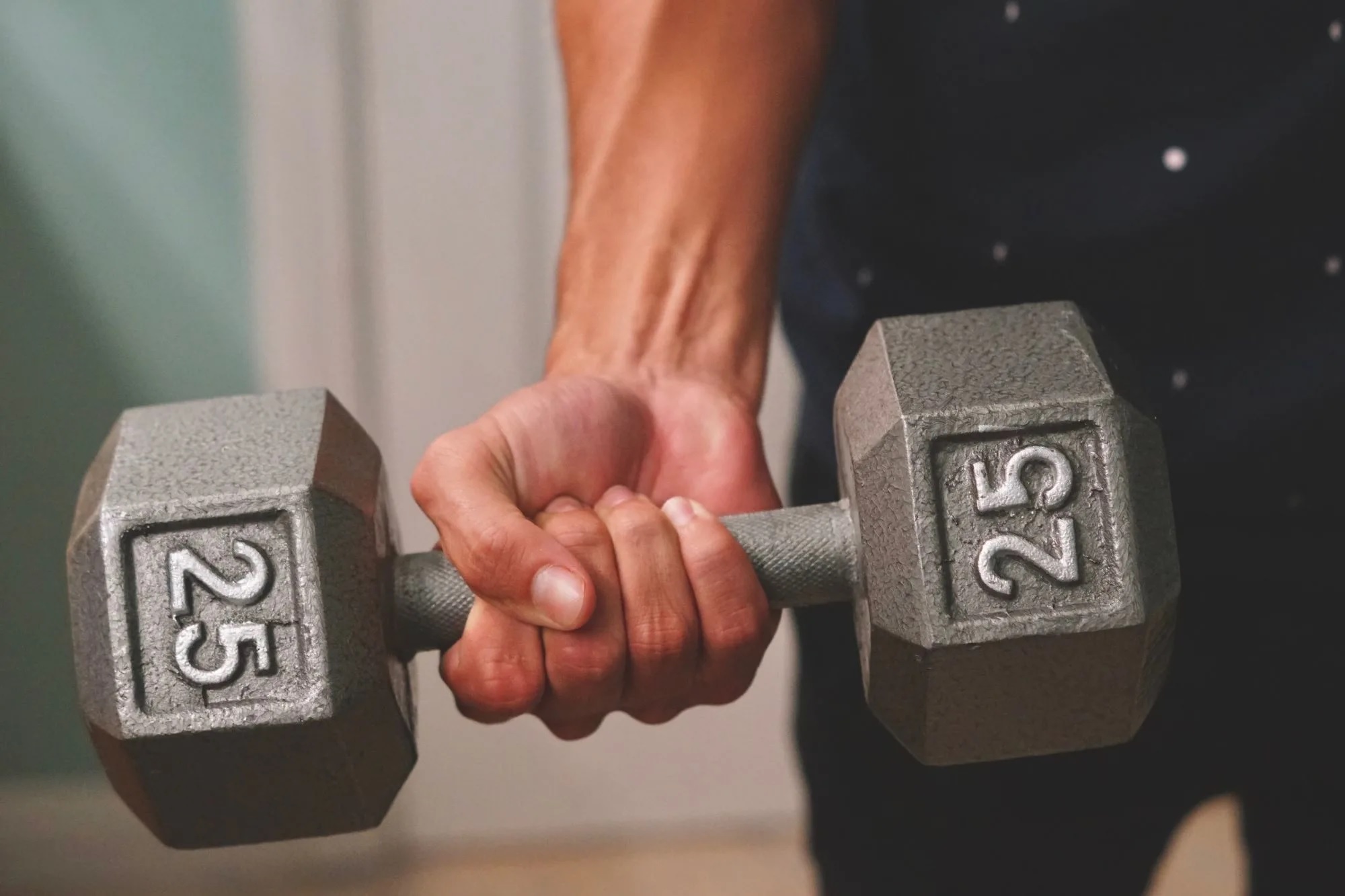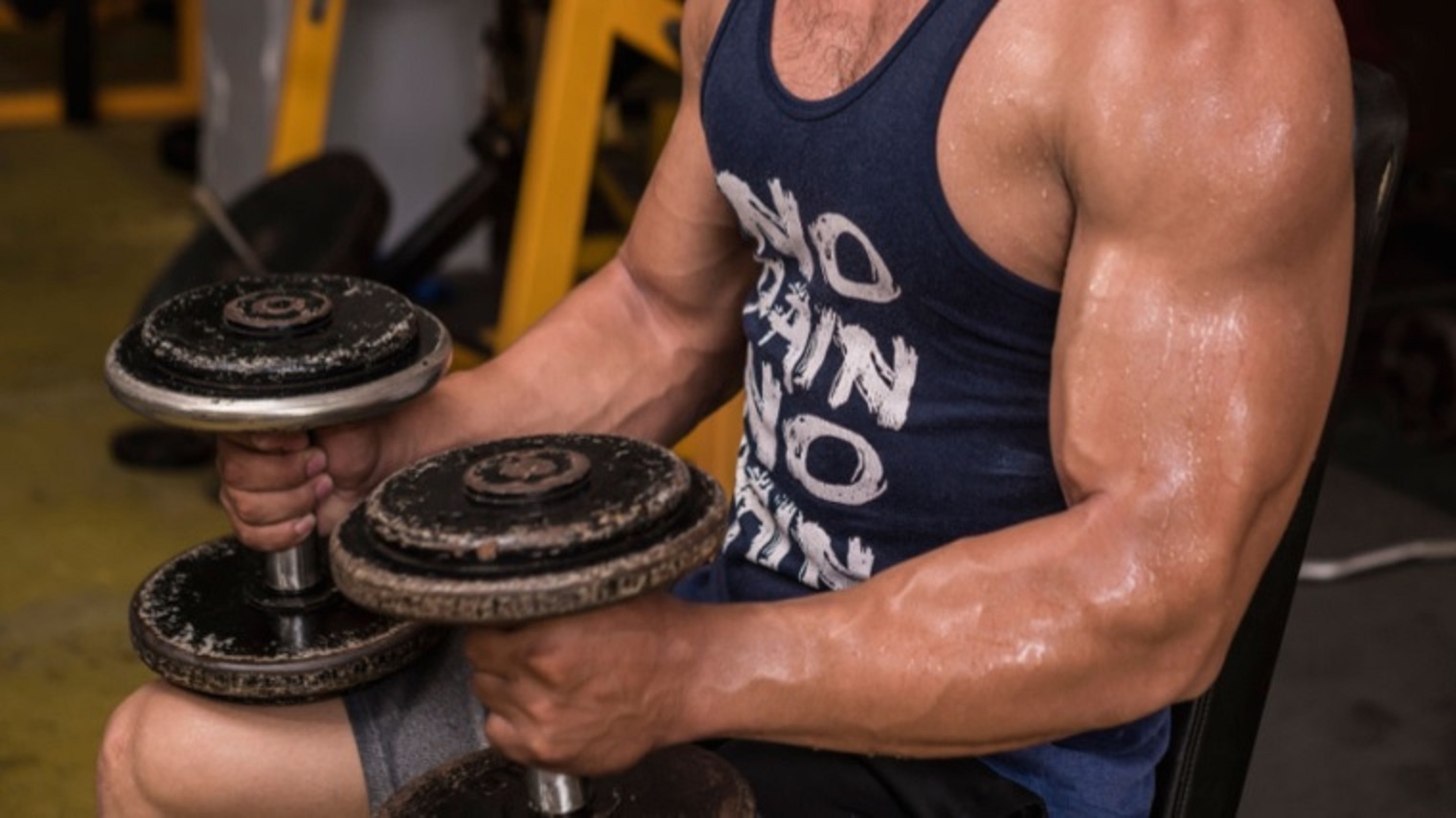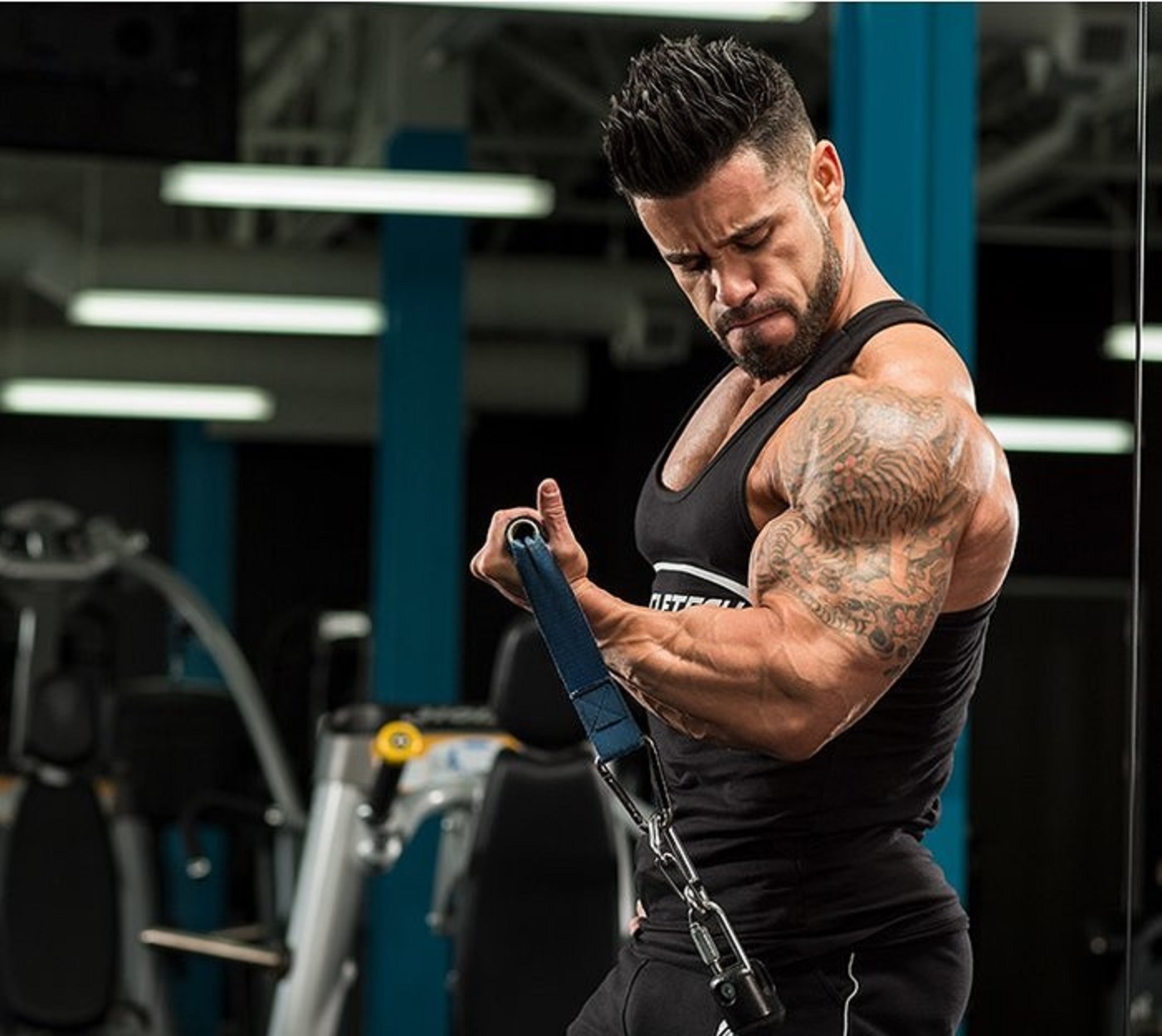Hammer curls, often overlooked in the realm of bodybuilding and upper body training, are deserving of a closer look for the potential game-changing benefits they offer to arms development. While some may initially dismiss the idea of a deep dive into this exercise, recent insights from the fitness community have brought attention to the need for a reevaluation.
- A poll conducted within the bodybuilding and fitness community revealed surprising opinions about hammer curls, branding them as overrated.
- This revelation sparked a personal reassessment, leading to a mission to reclaim the dignity of this exercise.
- In response, this exploration aims to shed light on the transformative variations that can turn hammer curls into a powerhouse of muscle engagement.
- As individuals progress in their upper body training, understanding the nuances of form, incorporating different weights, and exploring diverse variations becomes integral to achieving optimal results.
- This journey of rediscovery contributes not only to individual progress but also to the broader landscape of effective arms training within the bodybuilding community.
Understanding Hammer Curls
- Hammer curls are a popular resistance training exercise that targets the brachialis, brachioradialis, and other forearm muscles. This variation of traditional bicep curls offers unique benefits and contributes to overall arm development.
- Hammer curls differ from traditional bicep curls in the grip and the resulting muscle engagement. The name “hammer” comes from the grip, resembling holding a hammer. Unlike the supinated (palms facing up) grip in regular curls, hammer curls involve a neutral grip, where the palms face each other throughout the movement.
- This grip places greater emphasis on the brachialis, a muscle that lies beneath the biceps. Additionally, the brachioradialis, a forearm muscle, is significantly activated during hammer curls. By targeting these muscles, individuals can achieve a more comprehensive arm workout.

Benefits
Hammer curls offer a range of benefits, making them a valuable addition to any comprehensive arm training routine.
Brachialis Development:
- Hammer curls target the brachialis muscle effectively.
- This muscle lies beneath the biceps and contributes significantly to arm thickness.
- By working the brachialis, you promote balanced development in the upper arm, achieving a more complete and aesthetic look.
Brachioradialis Activation:
- The neutral grip used in hammer curls engages the brachioradialis, a forearm muscle that runs along the radius bone.
- This helps in developing forearm strength and size, enhancing overall arm definition.
Reduced Bicep Imbalances:
- Traditional bicep curls primarily emphasize the short head of the biceps.
- Hammer curls, however, target both the long and short heads of the biceps, helping to address any imbalances between these two muscle segments.
- This balanced approach contributes to symmetrical arm development.
Wrist Stability:
- Hammer curls promote wrist stability since the neutral grip reduces the strain on the wrists compared to a fully supinated (palms up) grip. This can be especially beneficial for individuals who experience discomfort or strain in the wrists during other curl variations.

Prevention of Elbow Stress:
- The neutral grip in hammer curls places less stress on the elbow joint compared to a fully supinated grip.
- This can be advantageous for individuals who may experience discomfort or strain in the elbow during other curl variations.
Mastering the Art of Hammer Curls
This informative exploration extends beyond the mere demonstration of exercises; it endeavors to impart a mindset applicable to one’s entire training regimen. Three carefully chosen variations are presented to transform hammer curls from seemingly mundane to a robust catalyst for muscle engagement. The overarching objective is to offer insights that transcend the confines of these specific exercises, fostering a mindset applicable to the broader training regimen.
Drag Curls with a Neutral Grip
- The perpetual frustration accompanying hammer curls is an all-too-relatable experience for many fitness enthusiasts.
- One day, you bask in the glory of a perfect mind-muscle connection, feeling the burn in your biceps. Yet, on the next, you’re left wondering if your biceps have seemingly relocated to your forearms.
- It’s a rollercoaster ride of gains and, let’s face it, occasional disappointment. In the unpredictable journey of hammer curls, enthusiasts find themselves navigating the highs of muscle engagement and the lows of unforeseen setbacks.
- In this version, by bringing the dumbbells closer to your body, and sliding them along your torso as you lift, you’re essentially turning the tables on your biceps. This alternative not only preserves tension throughout the entire lifting process but also underscores a peak contraction that will elicit satisfaction in your biceps.

- Technically, we’re shifting our focus from hammer curls to drag curls with a neutral grip. The objective here isn’t to perform these curls because they seem trendy or you’ve seen others do them; it’s a strategic move to target specific muscle groups, such as the brachialis or the long head.
- In executing these curls, there are two effective approaches.
- The first involves keeping the dumbbell right by your side, pulling it straight up.
- Alternatively, you can maintain the dumbbell slightly in front of your knee and pull back at a 45 degree angle. This nuanced adjustment ensures a superior connection and engagement compared to the traditional hammer curl, providing a more targeted and effective workout for the intended muscle groups.
Leaning Hammer Curls
For those who remain dedicated to the conventional hammer curls but are open to an alternative methodology, this variation is designed to enhance bicep engagement. Unlike the standard hammer curls, where the emphasis is initially on the forearm, this dynamic movement ensures that your biceps bear the entire weight during the eccentric phase of the exercise.
Execution:
- Tuck your elbows into your stomach, involving your entire body in the movement.
- During the negative phase, lean back, and as you contract upward, lean forward.
- This modification concentrates the effort on the biceps throughout an extended range of motion.
- Pinning the shoulder in place eliminates limitations on bicep engagement, often encountered in regular hammer curls.
Technique Enhancement:
- To intensify the contraction, leaning forward during the upward phase is recommended.
- This adjustment effectively addresses challenges posed by regular hammer curls, where bicep engagement can be restricted by shoulder involvement.
- Incorporate this modified hammer curl into your routine to optimize bicep engagement. By warming up the forearms and embracing this dynamic movement, you may discover a highly rewarding addition to your workout regimen.
Cable Hammer Curls With Constant Tension
- Building on the concept that incline curls effectively target the long head by engaging the bicep in a stretched position, let’s apply this principle to the next variation. For this exercise, you have the option of using the cable machine without an attachment or simply tying a rope into a knot to create a single handle.

- Here’s the setup: set the cable as low as possible and then perform a regular hammer curl.
- The key here is that you establish a superior connection, and since it’s a cable movement, there’s constant tension throughout the entire range of motion.
- The sustained tension, combined with the elongated position, creates an efficient exercise that rapidly induces muscle fatigue, providing a distinctive focus on the biceps.
- Integrating this variation into your routine not only adds a valuable dimension but also ensures a comprehensive and targeted workout, fostering optimal bicep development.

Maximizing Bicep Gains with Varied Hammer Curls
- The methods outlined, ranging from incorporating drag curls with a neutral grip to practicing inclined hammer curls and cable hammer curls, bring forth nuanced benefits, effectively targeting specific aspects of bicep development.
- This diverse strategy caters to a wide spectrum of preferences, ensuring a thorough engagement of the biceps that goes beyond traditional constraints.
- By integrating a variety of these exercises into your training routine, you have the potential to revolutionize your bicep training, elevating both intensity and effectiveness to unprecedented levels. Embrace the versatility offered by these variations, reshaping your approach to and experience of bicep workouts.









